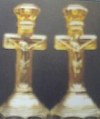Diamond Glass Company
Sparkles and Sputters of DIAMOND GLASS COMPANY - 1913-1920
Information, ad and factory photos taken from:
DUGAN/DIAMOND The Story of Indiana, PA, Glass
by: Heacock, Measell, Wiggins
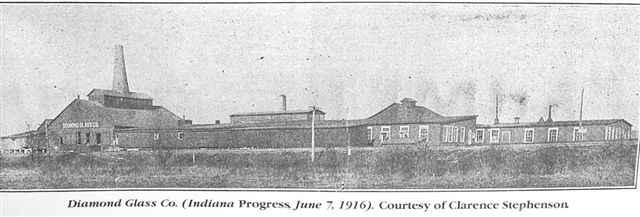
Not officially known as Diamond Glass Company until July 1, 1913, the firm's new management had taken over in January, 1913. The June 30, 1913, issue of China, Glass and Lamps reported on the firm's change of name in this upbeat story: “The Diamond Glass Co. is the name formally chosen by the new management for the Dugan Glass Co. The Diamond Company has everything in its favor and enters the field of productive endeavor well prepared to add to its long line of customers and give them the best that any institution of like character in the country can give.”
Competition from such firms as Fenton and Northwood was keen, of course, and Imperial, Westmoreland and Jeannette were formidable glass manufacturers, too. Among the more positive notes was the Diamond firm's determination to make glassware decorated with that which is called “light cutting” or “gray cutting”. Later, the continued production of iridescent wares and the development of some unique colors assured the Diamond's continued prominence.
The skilled glassworkers at Indiana had long been organized as Local Union #71 of the American Flint Glass Workers Union. Through the monthly American Flint publication, they let their union brothers know what was happening at Indiana. In Oct., 1913, for instance, the Flint reported that the Diamond plant was “working to their fullest capacity and the prospects for the future are very bright.”
In Feb., 1914, union correspondent Frank O. Meyers made the following statement: - “We have had good work here the last half of the old and are looking for just as good in the new year, after a 10 day stop”. (American Flint, Feb., 1914).
In Dec. 1914, Meyers said that the “members of Local Union #71 are getting 9-11 turns a week (45-55 hours). We are looking for steady work until Christmas.”
By Feb. 1915, a writer identified only as “Progress” reported a very different picture: “Business at the Diamond Glass Co. has been very slow for the last two months in all departments.” In March 1915, the men were working half time “due to a slackness of orders.” Two months later, “Progress” reported that the Diamond plant was making only half time and “some workers are going to Sapulpa, OK to join former manager Ed Rowland”. (American Flint, June, 1915.)
WWI had an adverse impact on the Indiana-based plant. In February, 1918, “Progress”, writing once more for the American Flint, reported that the firm's men “worked on ly about 10 days in the past six weeks on account of shortage of gas and firm unable to get coal.”
By late 1919, the war's effects and aftermath seemed to be over, and the workers of Local Union #71 were looking forward to renewed prosperity in Indiana.
During this 1913-1919 period, the Diamond firm continued to make articles in iridescent ware, along with decorated ware on crystal, involving bluebirds and butterflies, which proved to be popular.
The lone Diamond ad which pictures articles in iridescent ware appeared in the December 1, 1913 issue of China, Glass and Lamps. Four vases are shown, and the only iridescent color mentioned is “Pearl Iris”- (white carnival glass.) The vases were designated by number and letter combinations, but several have collector's names today: 1027-R (Target); 1030-R (Pulled Loop); and # 1016-A (Twisted Ribs or Spiralex). (see accompanying ad)
During the first half of the 1920s, the Diamond Glass-Ware Company introduced a succession of iridescent glassware products. These had a variety of names --- Rainbow Lustre, Golden Lustre, Egyptian Lustre and Royal Lustre-but trade journal reports and advertising allow one to establish a chronology for each color and to describe the various iridescent effect.
The Crockery and Glass Journal (June 9, 1921) mentioned three specific colors which were enjoying popularity in the line of colored glassware turned out by the Diamond Glass-Ware Co. - Amethyst, Harding Blue and pearl in crackled and other artistic effects-have a rich iridescent finish which adds to their attractiveness. A jardinière, candlestick, vases are among new items discussed.
******************************************
2005 Dawn of a New Century-Looking toward another 100 beautiful years!... is the title of the 2005 Fenton Catalog -100th Anniversary Collector's Edition. #FG999 (Retail) and #FG961- (Price List) $9.50 for both. You may reach the Gift Shop to place an order: 1-800-319-7793 Ext. 383 or 327. Service Hours: 8:00 AM - 4:30 PM Eastern Time.
Within the covers of this historic publication, along with wonderful retail items available for purchase, can be found personal accounts of individuals who have, over the years, contributed their talents to the successes of Fenton Art Glass.
Included on page 46 is one such account written by Frank M. Fenton concerning Frank O. Myers. ** We feel that the American Flint Publication who printed the story above, must have made an error in the spelling of the name Myers.**
According to Mr. Fenton, Myers began his life's work in Indiana, PA along about 1900, as an apprentice and loyal member of American Flint Glass Workers Local Union No. 71, learning to gather glass, then mastering pressing and blowing operations for Dugan Glass Company.
As a skilled finisher by 1910, Myers was able to reshape pieces by flaring and crimping edges and tops of pitchers and vases. He had also become adept with attaching handles to cruets and water pitchers, called “jugs” at that point in time. When baskets were being made, he could also attach the handles with great skill.
After the plant in Indiana, PA was destroyed by fire in 1931, it left a great many without jobs. Myers made his way to Williamstown, WV and went to work at Fenton on February 1, 1932, transferring his union card to Local Union No. 22 of the AFGWU, the unit which enrolled Fenton's skilled glassworkers.
In 1939, when Fenton decided to place baskets into their line of wares, Myers became the first basket handler. Mr. Fenton recalls that he was not only very good at that job, he was quite helpful in training other skilled glassworkers to become handlers.
Baskets became important products for Fenton during the early 1940s, and as we all can testify: Baskets remain a strong element of the Fenton line yet today.
During the 1950s, Frank M. and Bill Fenton decided to elevate the Basket Handlers' skill to new heights by applying their individual and distinctive mark to the base of each side of the handle so that collectors could identify the craftsman. Today there are 11 basket handlers in the crew.
Page 46 of this catalog displays the 11 marks currently being used; identified with the handler's name. There is also a photo included of Frank O. Myers sitting at his workbench, along with his personal identifying mark.
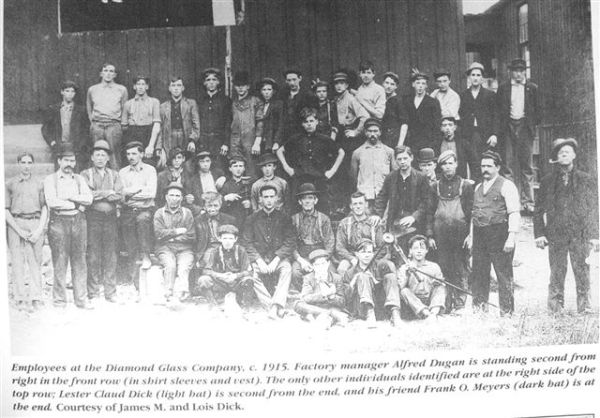
Employees at the Diamond Glass Company 1915
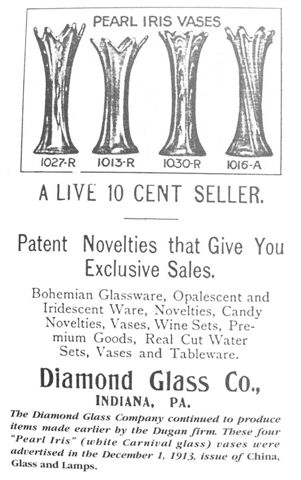
Diamond Ad - December 1, 1913
Dean & Diane Fry - 5/2005
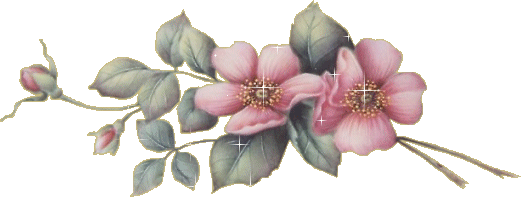


Should you care to contact the Frys, their email address is:
Search Our Sites
back to Carnival Glass 101
Our other sites you may enjoy:
Everything you EVER wanted to know about Indiana Glass
Great Reference for Newer Carnival Glass.
Complete Glassware Catalogs Available to Download
Questions? Comments? Suggestions? Broken Links? Corrections?
Your Friendly Webmaster is here to help!
